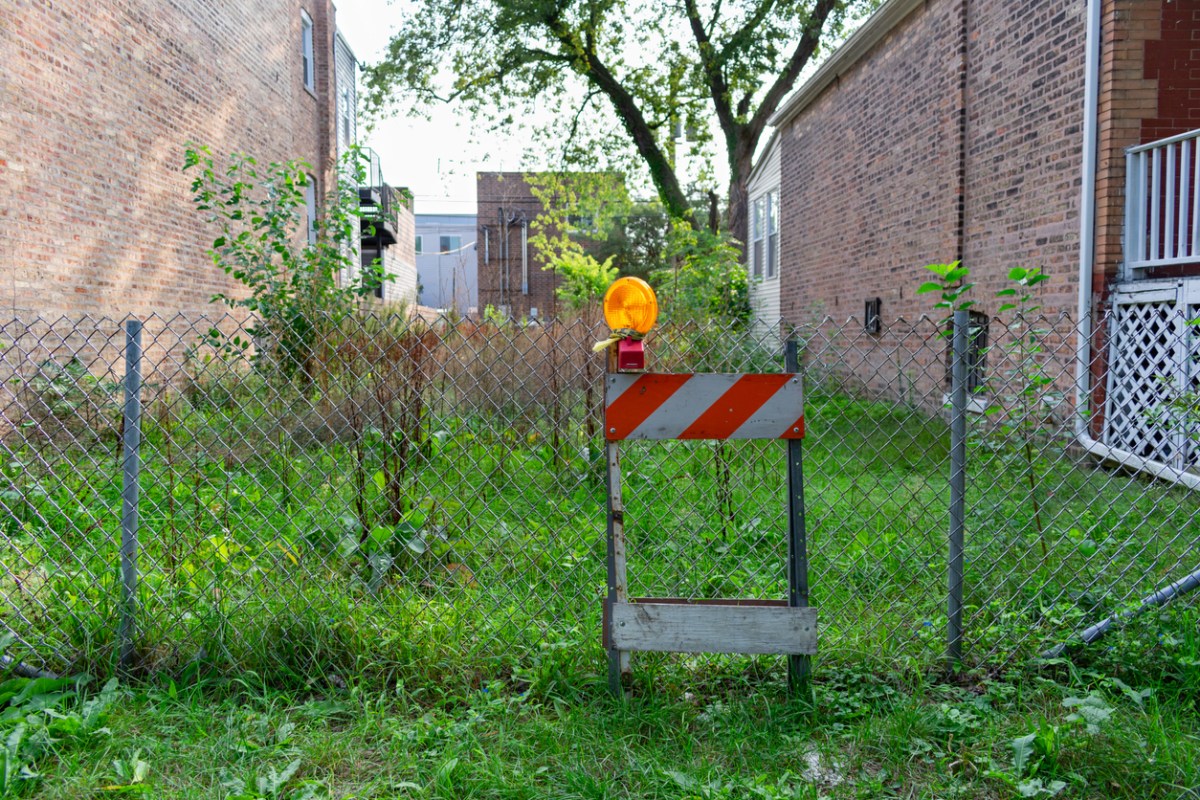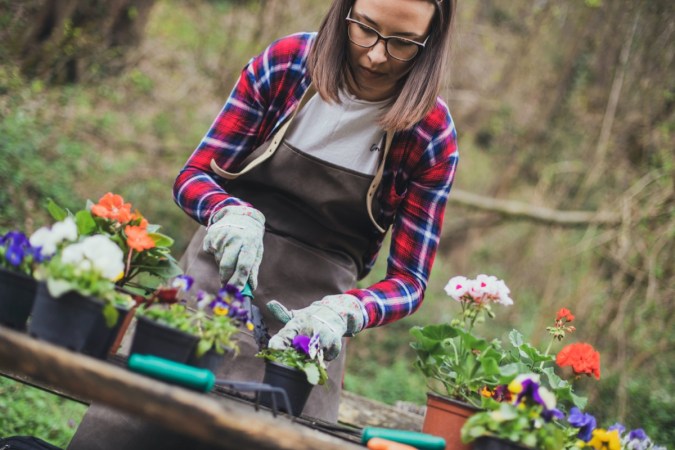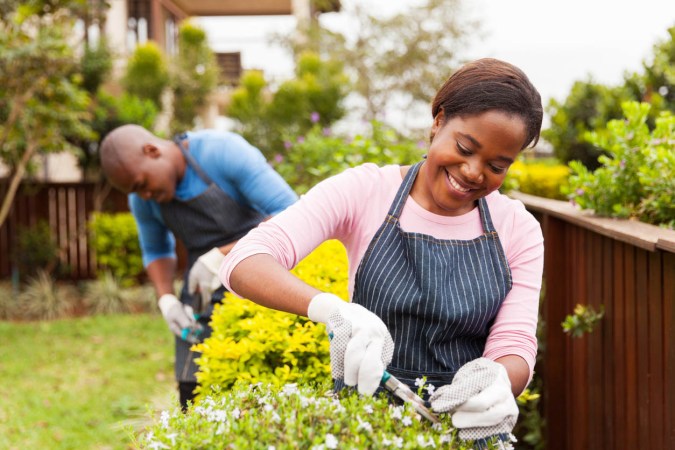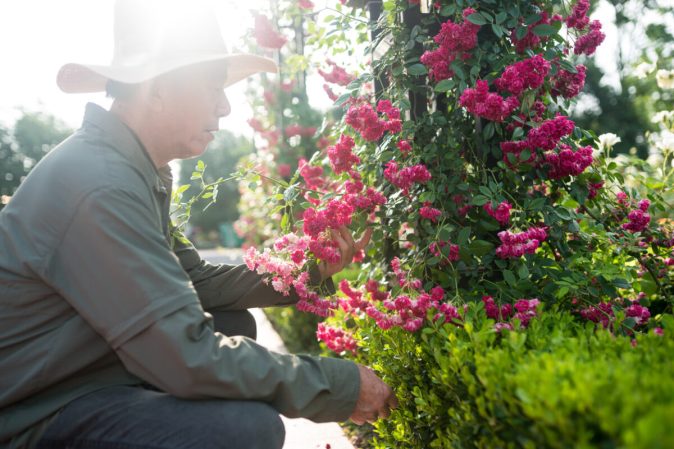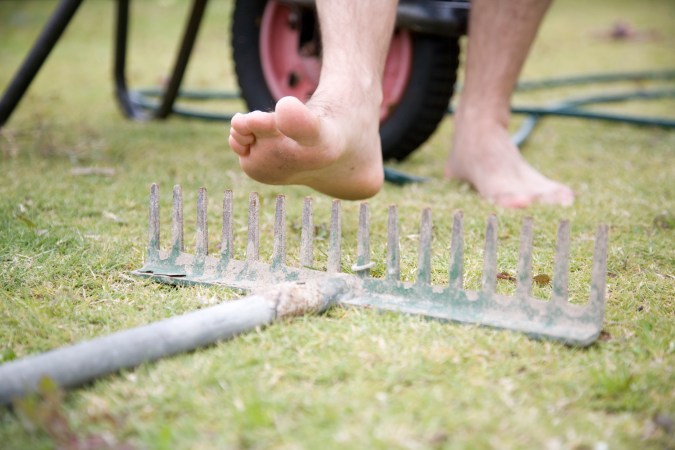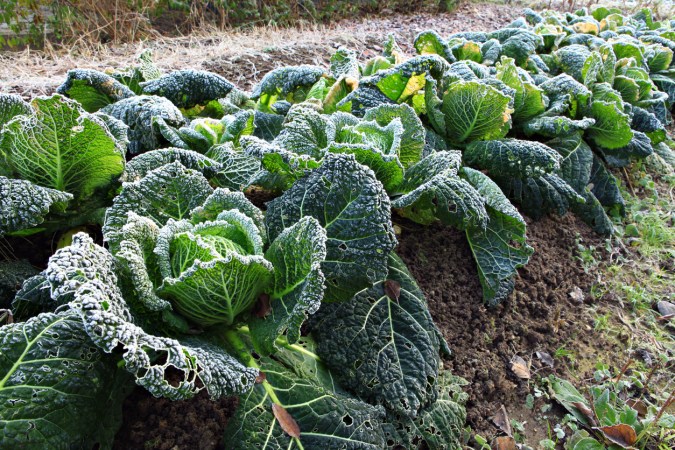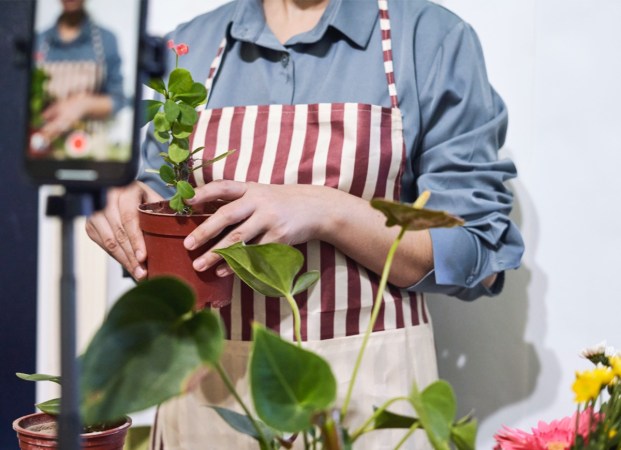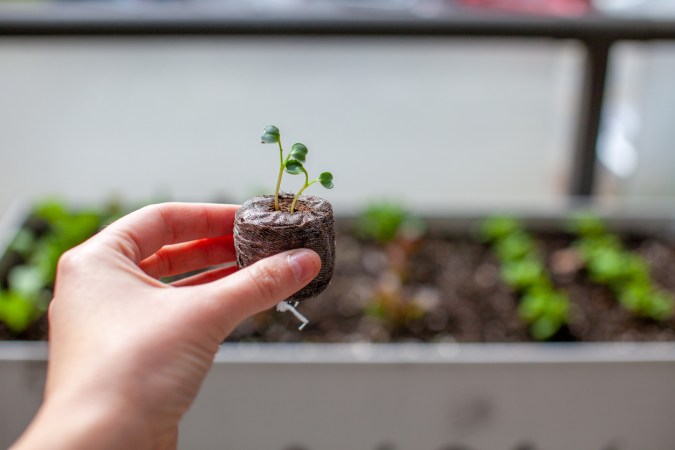We may earn revenue from the products available on this page and participate in affiliate programs. Learn More ›
Both urban and suburban areas are filled with unused lots and neglected plots of land. Some plant lovers looking to add greenery to these areas have opted to take matters into their own hands. Guerrilla gardening is the practice of planting flowers or edible plants in neglected private or public spaces. It’s a sort of horticultural graffiti that can serve as a form of protest, though it also simply serves the purpose of cultivating life in places that have been abandoned.
Historically, guerrilla gardeners have operated under the cloak of darkness, working at night to avoid detection, though today the practice is more commonly accepted.
The History of Guerrilla Gardening
This style of gardening has been around in some form for centuries—though it hasn’t always gone by the name guerrilla gardening. That term was introduced in 1973 by Liz Christy, who created the Green Guerrilla group in New York to transform an unused lot into a verdant garden. Since then, the concept has taken off worldwide, from the most populous urban areas to small villages in the developing world.
Related: 3 Mistakes to Avoid When Seed Shopping This Year
Transforming Food Deserts
Guerrilla gardening is used as a tactic to bring fruits and vegetables to food deserts—areas where residents have limited access to healthy food. Ron Finley, an urban gardener based in Los Angeles, planted edible plants on the piece of land between his home and the street. His efforts were illegal, and the city condemned them, but he eventually convinced them to change the law in order to give residents space to grow their own food.
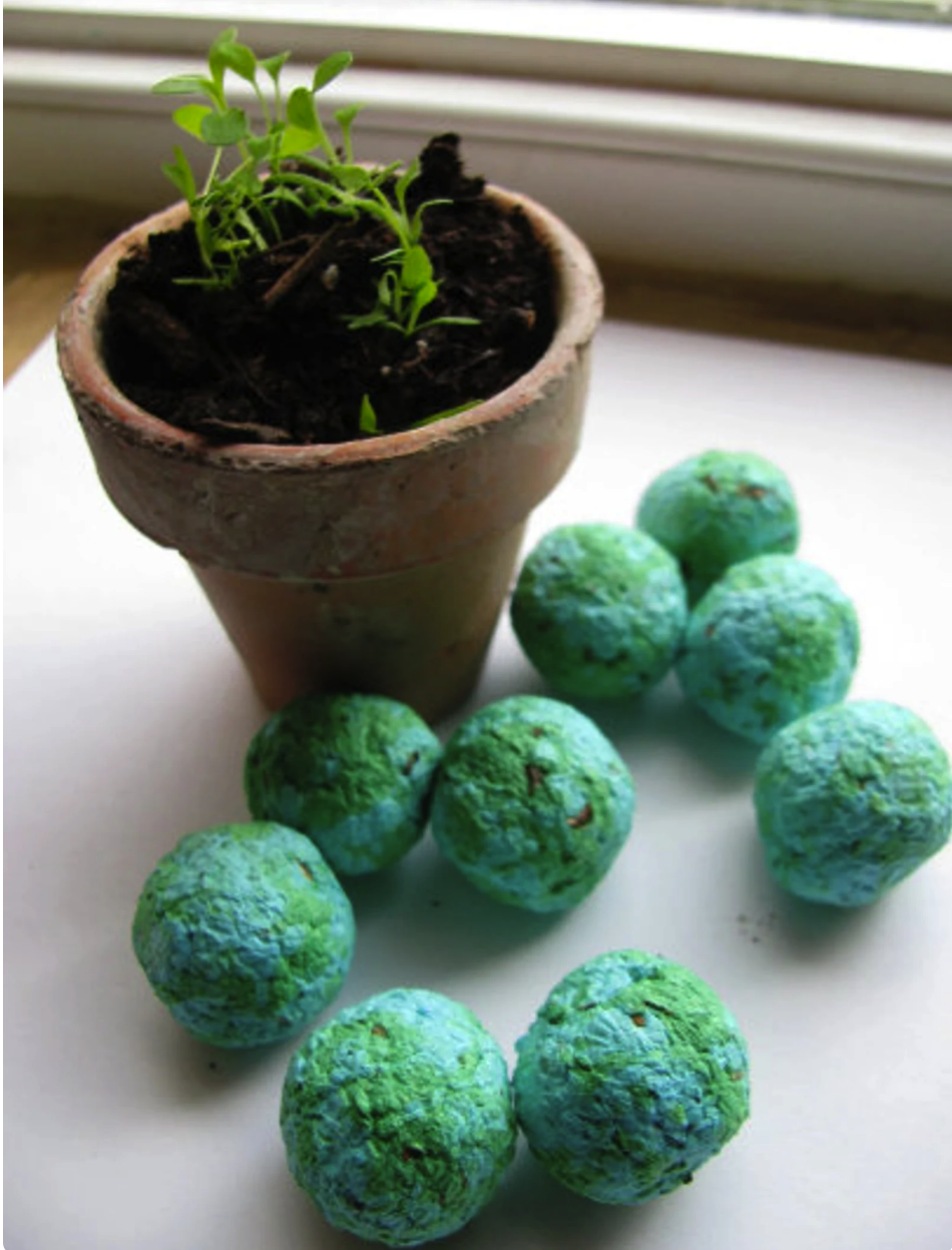
Seed Bombing
Guerrilla gardening can be accomplished with seedlings or cuttings from existing plants, but one of the most popular techniques is known as seed bombing. Seed bombs are created by mixing seeds with soil or compost and covering the mixture with clay. Once “placed,” the bomb’s clay eventually cracks, allowing the seeds to begin to grow. One of the major benefits of seed bombs is that they allow guerrilla gardeners to sow seeds without technically trespassing on private land.
Related: 10 Ways Your Backyard Can Combat Climate Change
The Best Plants for Guerrilla Gardening
Some guerrilla gardeners operate in an area near their homes so that they can tend to their plants as needed. Others simply drop a seed bomb and leave.
Opting for native species that require little care and can thrive if left to their own devices ensures the most success when a guerrilla gardener does not live nearby. Anyone who wants to spread some green should choose drought-tolerant plants that don’t need frequent watering to survive. Wildflowers and hardy native shrubs are some of the best options for guerrilla gardening. It is best to avoid invasive species when choosing which varieties to sow or plant.
Is Guerrilla Gardening Legal?
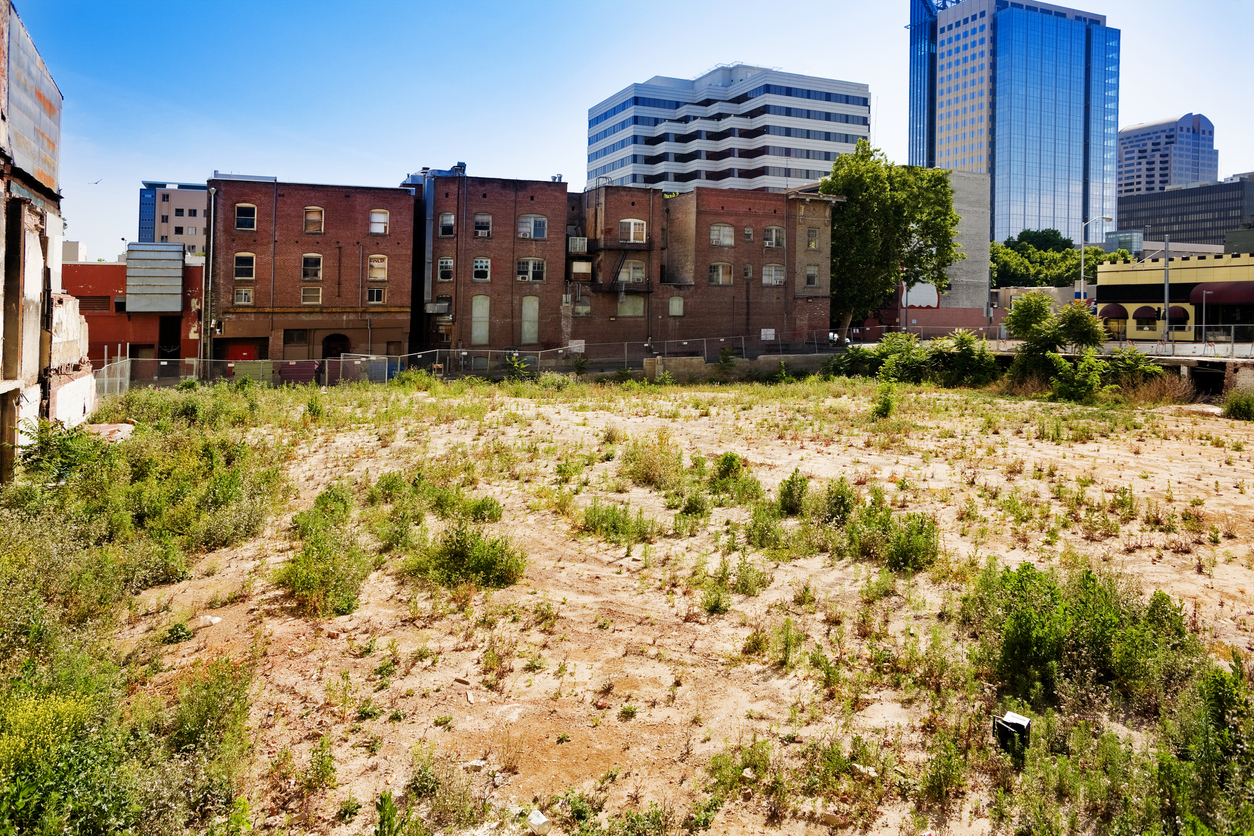
The concept of guerrilla gardening is inherently illegal since it involves cultivating land that you do not own. In fact, the idea of guerrilla gardening is predicated on doing something without permission. To avoid legal ramifications, it’s best to avoid gardening on someone else’s private property.
Instead, get to work on neglected public spaces that could use a little love. To avoid breaking the law in your municipality, contact the city to inquire about specific bans that might exist in your area.
Related: 12 Perennial Vegetables to Plant For Years of Fresh Produce

